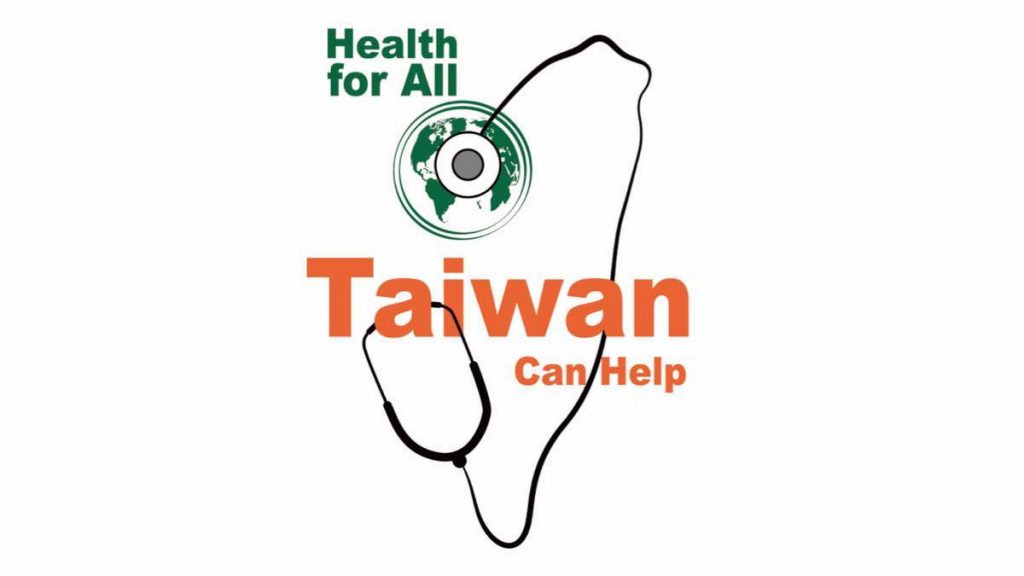World Pulses Day – 2020
Written by Radio Caribbean International on February 11, 2020
The dietary impact of pulses is today receiving international attention, through the support of the UN General Assembly.
While the reference to a pulse is traditionally known to be associated with the body’s circulatory system, annually on February 10th, the significance of legumes are brought into focus through the observance of World Pulses Day.
Pulses, more commonly referred to as legumes, are the edible seeds of leguminous plants cultivated for food.
Dried beans, lentils and peas are the most commonly known and consumed types of pulses.
While a staple of many global cuisines , for example hummus in the Mediterranean, created from chick peas, the traditional full English breakfast using baked navy beans and Indian dal from peas or lentils, Pulses do not include crops that are harvested green as these are classified as vegetable crops.
Also excluded are those crops used mainly for oil extraction (e.g. soybean and groundnuts) and leguminous crops that are used exclusively for sowing purposes (e.g. seeds of clover and alfalfa).
Designated by the UN General Assembly, the observance of World Pulses Day originated in 2019, following the adoption of a resolution on December 20th, 2013, proclaiming 2016 as the International Year of Pulses (IYP).
The celebration of the year, led by the Food and Agriculture Organization of the United Nations (FAO), increased the public awareness of the nutritional and environmental benefits of pulses as part of sustainable food production.
Having a high protein content, pulses are an ideal source of protein particularly in regions where meat and dairy are not physically or economically accessible, low in fat and rich in soluble fiber, which can lower cholesterol and help in the control of blood sugar.
The nitrogen-fixing properties of pulses improve soil fertility, which increases and extends the productivity of the farmland. By using pulses for intercropping and cover crops, farmers can also promote farm biodiversity and soil biodiversity, while keeping harmful pests and diseases at bay.
pulses can contribute to climate change mitigation by reducing dependence on the synthetic fertilizers used to introduce nitrogen artificially into the soil. Greenhouse gases are released during the manufacturing and application of these fertilizers, and their overuse can be detrimental to the environment.





